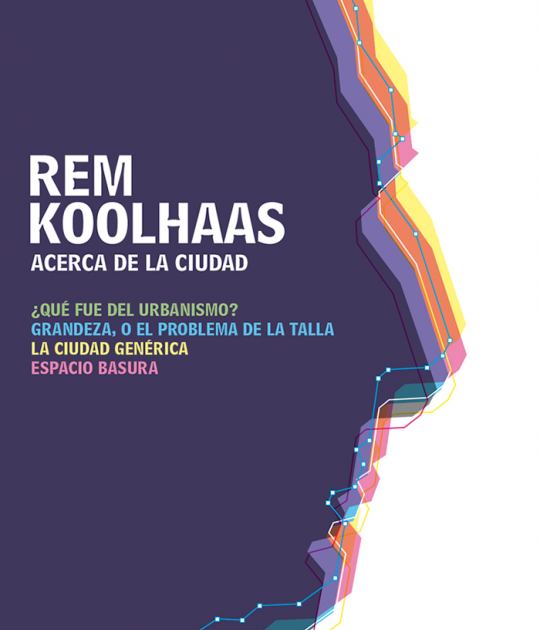"The need for sustainable thinking and action is not so much a consequence of the fragility of the planet as of the risk we are exposed to, since our fragility is the result of our own actions on the environment."
Description of the book by Editorial Gustavo Gili
Following the success of its enormously popular predecessor (101 Rules of Thumb for Low Energy Architecture) the next title in this pithy series now focuses our attention on the bigger picture in sustainability: the overarching design of our buildings and cities.
With ever-increasing pressure on the planet’s ecosystems, resulting from population growth, urbanisation and climate change, people across the world are becoming more aware of the need for the cities they live and work in to be sustainable. Yet the issue of how to be sustainable – and what sustainability actually means – can seem a confusing and complex one.
Fortunately, here is a book to shed light on this complex area. Providing both definition and guidance, these 101 rules illustrate an approach to sustainability that relates to the processes which are commonly adopted for the design, construction and operation of buildings and cities. Universally applicable no matter where you are in the world, the rules serve as an ideal starting point for students as well as an aide-memoire for more experienced readers and practitioners.
Huw Heywood is an architect with over 25 years’ experience in practice and teaching internationally. He has taught at undergraduate and postgraduate levels, most recently as Principal Lecturer at Portsmouth School of Architecture in the UK, where his particular teaching and research focus was environmental and sustainable design.
























